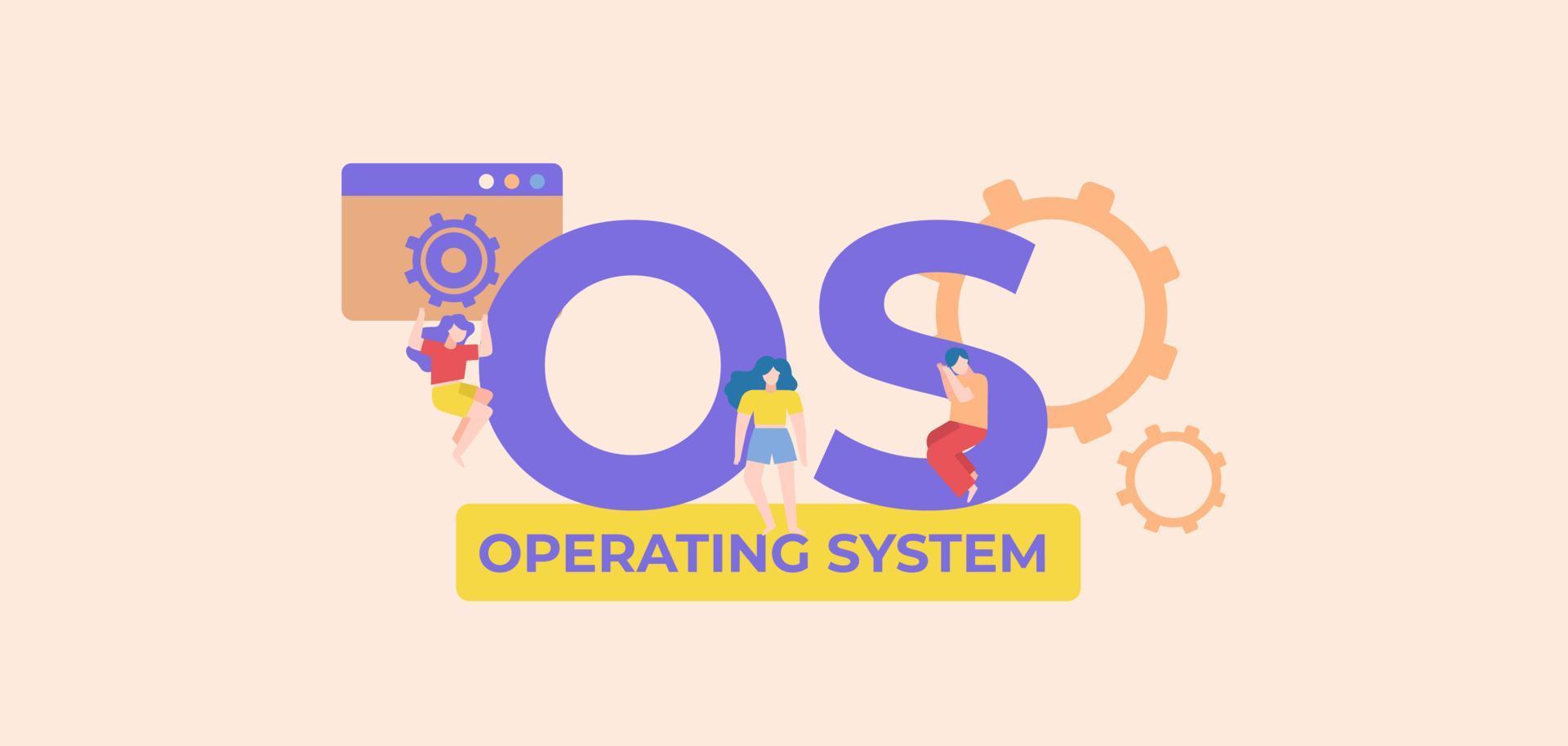- Published on
Introduction to Operating Systems

How the Operating System Speeds up the Slowest Computer on Campus
In the following example, we go over how to fundamentally similar commands, can take different lengths due to the help of the operating system & representation. Consider the following code block:
$ printf '\nx\n' | dd obs=1M seek=7T of=big
$ ls -l
-rw-rw-r— 1 eggert faculty 8070450532247928835 2023-09-28 13:58 big
$ cat big # takes forever because it is reading all the nullbytes
$ grep x big # please look for that pattern in this file -> instant response
$ grep y big # please look for that pattern in this file -> instant response
- The
printf '\nx\n'command:'\nx\n'is the data being formatted, which consists of a newline character, the characterx, and another newline character.
dd obs=1M seek=7T of=big:ddis a command used for copying and converting raw data.obs=1Minstructsddto set the Output Block Size to 1 Megabyte.seek=7Tinstructsddto skip forward by 7 Terabytes before starting the copying process.of=bigspecifies the name of the output file to bebig.
The dd command initiates an IO operation with a size of 1M (2^20). Implicitly invoked by the seek parameter in dd, the lseek function instructs the system to leap forward in the output file by 7 tera records (72^40), and from that point, it alternates between reading and writing operations. The resultant file size of big is calculated to be 72**60 + 3, as each operation moves the file position forward beyond the existing end of the file, extending the file with zeros (null bytes).
Representation
The dd command in the example creates a sparse file, which is a file where blocks of zeros aren't physically stored on disk, but are represented as metadata by the file system, saving substantial disk space. Despite its 7-terabyte size, the actual on-disk representation of big is much smaller due to this sparse file handling.
The operating system and file system work together to present the sparse file as a regular file to applications, ensuring consistency while efficiently managing storage resources. To actually show how the representation can work with the OS, consider the following example with cat and grep.
CAT vs. Grep (OS SPEED)
When executing cat big, a significant amount of time is required to complete the process since it needs to traverse through a vast span of null bytes in the large file before reaching and displaying the actual data.
On the other hand, grep is designed to search for specific patterns within a file. When you run grep x big or grep y big, grep starts scanning the file, and as soon as it finds the specified pattern, it outputs the line containing the pattern and moves to the next line. grep doesn't have to read through the entire file if the pattern is found early on, which can save a significant amount of time.
In this case, grep can leverage the lseek system call to swiftly skip over parts of the file that don't contain the target pattern, thanks to metadata or indexing. Unlike cat, which reads the file sequentially, grep can jump directly to relevant parts of the file using the information from metadata, thus optimizing the search process and executing much faster. This use of lseek reflects how programs can interact with the operating system and file system efficiently, utilizing the internal representations of files.
Philosophical Definitions
System (OED) has a few definitions: An organized or connected group of objects, a set of principles (a scheme, method), σύστημα systēma (ancient greek). There are some things to take away from this.

In a way, a system embodies a set of underlying principles. Each system consists of interlinked components, and these components could encapsulate other systems within them.
Operating System is a software design to control the hardware of a specific data processing system in order to allow users and application programmers to make use of it. The issue with this definition is in the word specific data processing system. Nowadays, most operating systems are portable and intended to be used on a lot of different types of machines.
Another definition of operating system is the master control program of a computer. Before we jump into this definition and specifically control, we need to talk about policy vs. mechanism.
Policy vs. Mechanism
| Name | Definition | Example |
|---|---|---|
| Policy | What we want out of something | Excess speed in traffic safety |
| Mechanism | how to get what we want | Traffic Tickets, Police Enforcement, Speed Bumps |
Although we would like to draw the line between policy and mechanism, for different perspectives, it might not always be clear. Now lets bring this example into the OS.
| OS Policy | OS Permission |
|---|---|
| Prevent unauthorized modification of data. | File permissions and file access enforcement. |
| Each program that wants to run eventually runs. | Operating system scheduler that creates a fair schedule. (Now uses ML to do the scheduling) |
- Authors

- Name
- Apurva Shah
- Website
- apurvashah.org